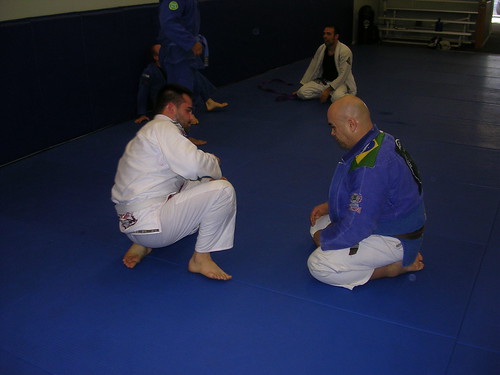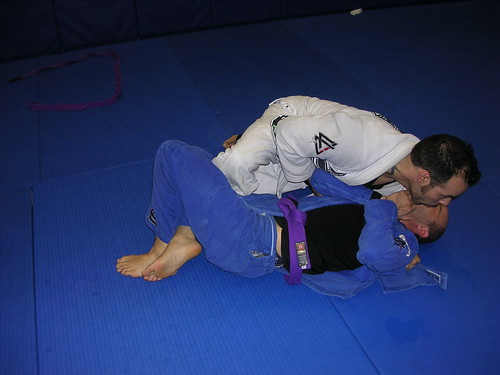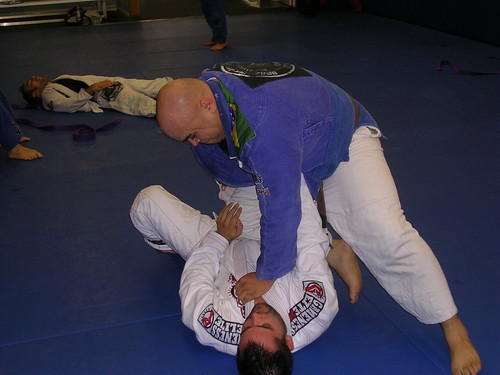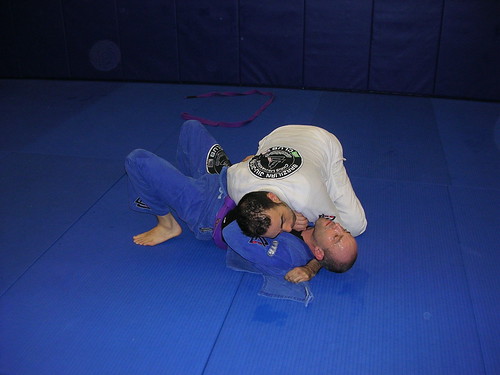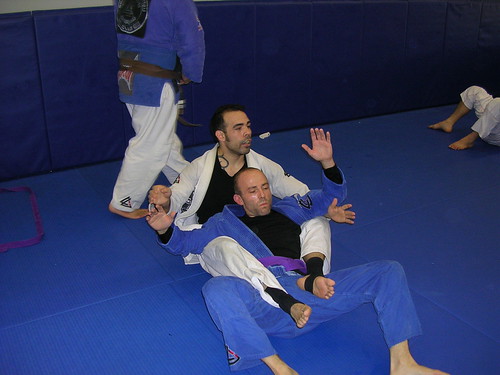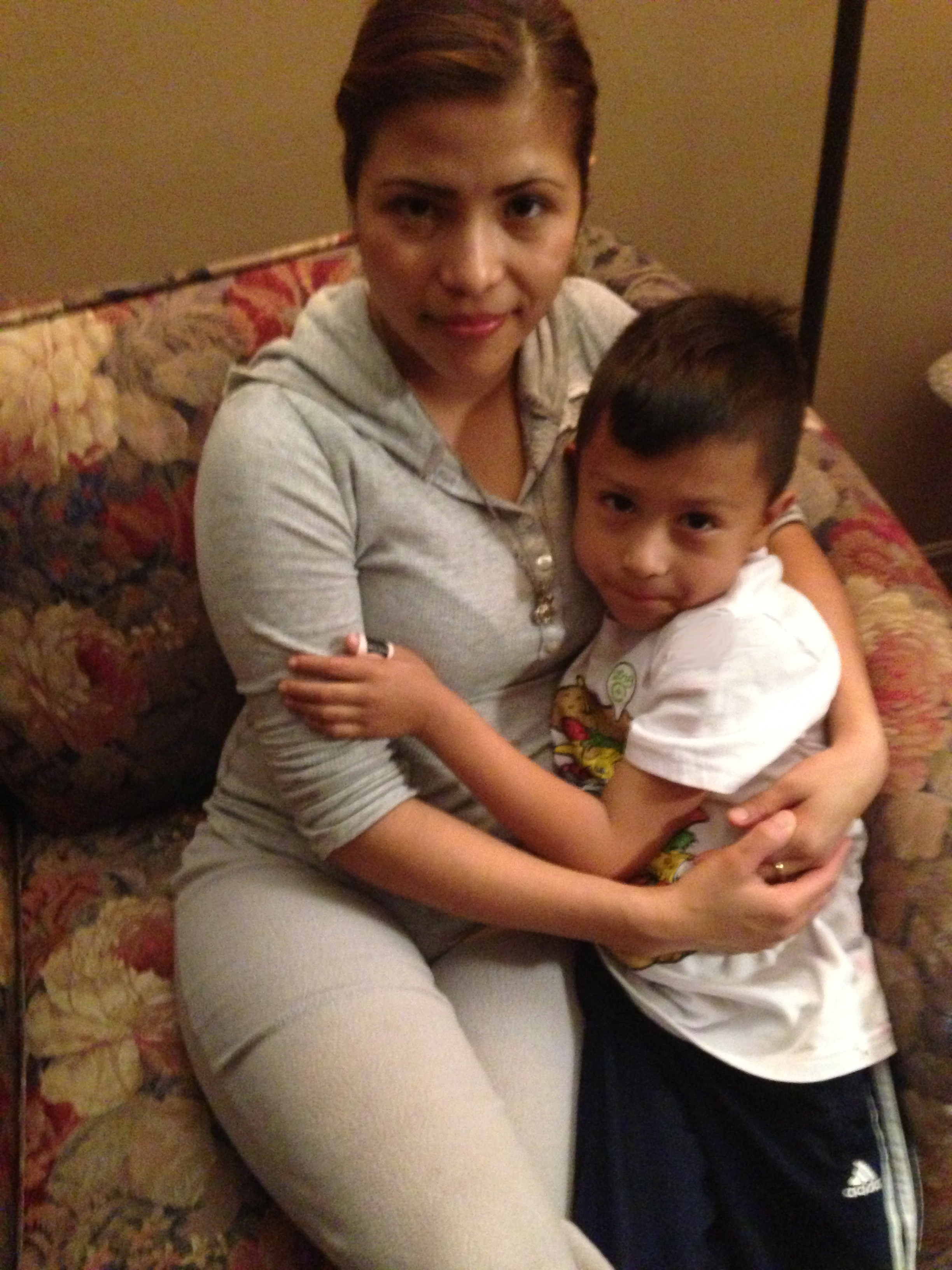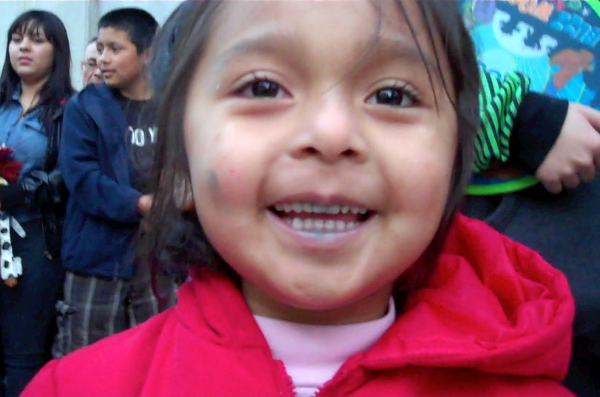Learn the Basic Positions and Terms of Brazilian Jiu Jitsu From These Photos Taken at Chris Lisciandro’s Brazilian Jiu Jitsu Club
By MORGAN MARX
EL NUEVO SOL
Brazilian Jiu Jitsu is a grappling-based martial art with roots in both Japan and Brazil. Instructor Joel Orozco (white pants), 34, rolls with student Dean Dana, 45, during free training at Sherman Oaks Brazilian Jiu Jitsu Club on Sunday, October 31. All photos by Morgan Marx.
A grappling session, known as “rolling,” typically begins in a neutral position. Orozco (blue jacket) and student Maceas Del Solar, 27, start on their knees at the Sherman Oaks Brazilian Jiu Jitsu Club.
In Brazilian Jiu Jitsu, practitioners use submissions for self-defense and sport. However, position is just as important. Here, Dana (bottom) holds Orozco in his “guard,” a position of safety for the player on the bottom. Both men have the ability to advance their position.
Reyn Mercuri (white jacket), 34, has advanced out of Dana’s guard by using a “pass.” Dana now holds Mercuri in “half guard,” a less secure form of protection.
Orozco (blue jacket) demonstrates a dominant position to student Del Solar. By placing his knee on the bottom players stomach, Orozco control’s Del Solar’s position in an uncomfortable manner.
Mercuri (white jacket) holds Dana in “side control,” a position of dominance for the player on top. The grappler holding side control can attack with submissions while tiring out his opponent. For the player on bottom, the goal is to regain guard.
Mercuri (white jacket) demonstrates the proper positioning for “back control” on student Dana. By holding back mount, a player can attack with a variety of choke and joint submissions. Mercuri uses his legs and feet to control and stabilize, leaving his arms free to look for possible weaknesses in Dana’s defense.
Tags: BJJ brazilian jiu jitsu children grappling martial arts mixed martial arts MMA Sherman Oaks sports








